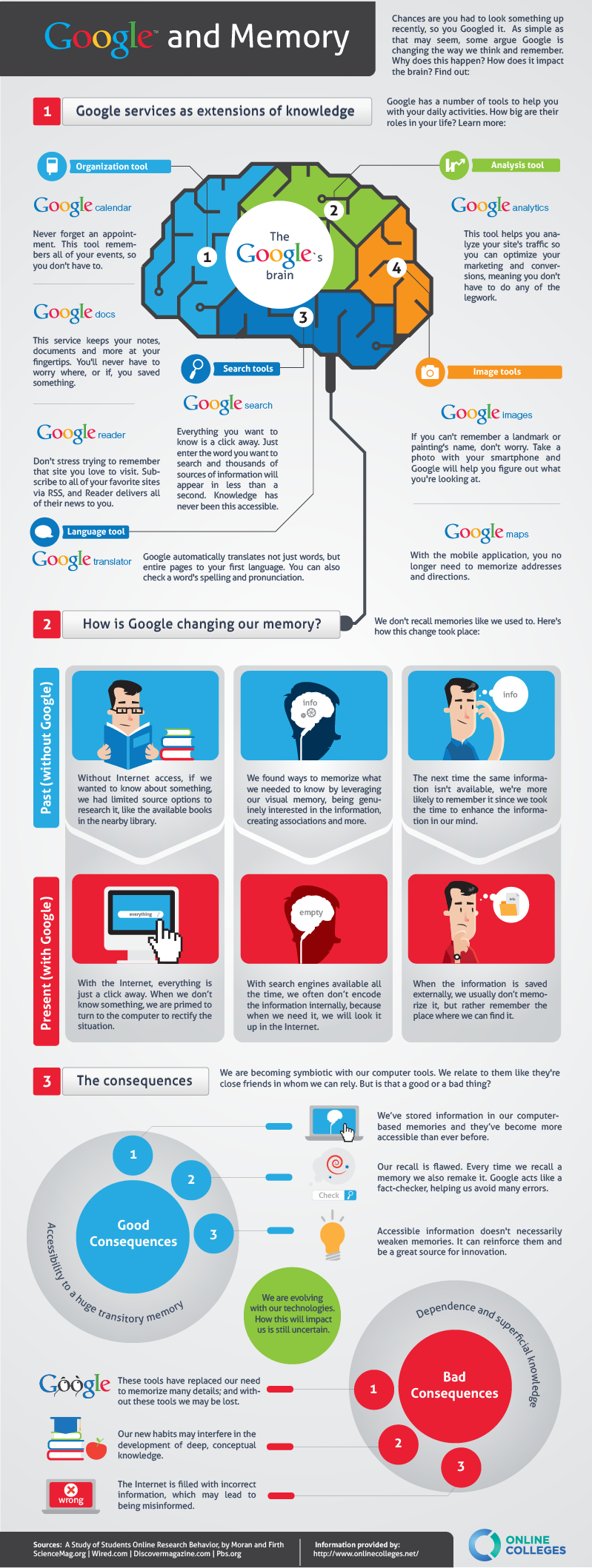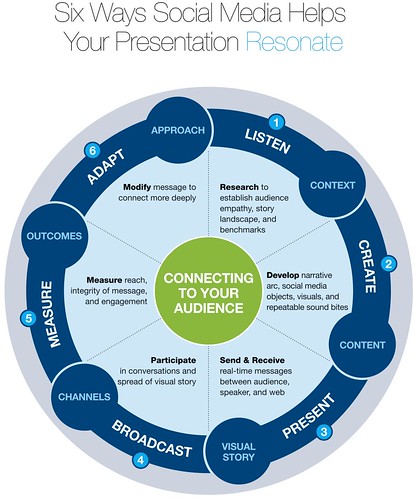Walk into any conference for school district administrators, anywhere in the world really. In my region, for example, it could be
WASDA. What do you notice? Yes, superintendents across the room are fuddling around with iPads, attempting to hunt and peck away as the discourse of the presentation moves on at a faster tempo. The set up is hilarious to watch: A well-dressed superintendent enters the room, selects a place at a round table, takes out the iPad, looks around to see if anyone notices that he/she has the iPad 2, adjusts the designer cover for optimal slope, checks weather, deploys the "Notes" app, sits puzzled in not knowing what else to do with the iPad. What this is is an exhibition of status, but it's misaligned because
having an iPad does not correlate to being able to fully
utilize one in a productive and collaborative way.
What's the disconnect? This is an example of function trying to follow form, rather than form following function. College students, for example, are knowledgeable enough about the
functions for which they intend to use a device (e.g., multiple tabs, multiple windows, multiple chat boxes, all while running simultaneous applications including Facebook, Google Chat,
Spotify, Twitter, etc.). In turn, they mostly choose laptops, which naturally align to their instinct of hyperconnectedness. In the instance of the innocently bewildered superintendent imagining that having an iPad in some way elevates the perception of being tech savvy, the focus is almost entirely on the form of the device without concern for how it functions or the digital-age skills one exerts in order to fully capitalize on the device's unique utility.
Administrators must shift how we think about technology. We must think less about the device we have or are purchasing and more about how we use the device. For digital natives, it's a natural decision. For everyone else, it's an defensive argument. We must first think about how the device is going to function as it is integrated into a powerful learning environment, which also requires us to know the digital-age tools well enough to make that judgement in the first place. I am certainly not saying that if a superintendent was using
sling Note to follow a presentation and take notes that an iPad would have the full capacity for the occasion. The device does. What I am saying is that the user currently doesn't, despite the optimism that having an iPad might give the user the appearance that they do.
So, how could a tech-savvy superintendent use an iPad? I love vignettes: A well-dressed superintendent enters the room, selects a place at a round table, takes out the iPad, and pulls up
Pocket Informant HD to check the status of a number of collaborative initiatives. Since all the conference's materials are synced to
Dropbox, the materials for the next presentation are immediately accessible. Since
Evernote is so easy to use, ideas, thoughts and observations will be recorded straight away and accessible from any device at a later date. At that point, the superintendent wonders about the
Twitter discussion for the conference and deploys the app, searching first for the event's hashtag. The superintendent tweets a reflection from yesterday's speaker to his
PLN and then retweets a colleague's observation. While scrolling through recent tweets, the savvy iPad user notes an article that is very interesting and bookmarks the resource with
Instapaper in order to find it later and hopefully post a comment. As luck would have it when the presentation begins, the convention center WiFi flakes out and the speaker turns out to be lackluster, so the superintendent scrolls through the apps until he/she finds
Reader app, which pre-downloads content for perusal even without access to WiFi. And so it goes.
Here's the call to action: Let's think more about function and use of devices as it relates to learning and collaboration. Let's help each other by participating in a PLN. Let's use devices to their full capacities, and then use our experiences to amplify the learning of students.





















